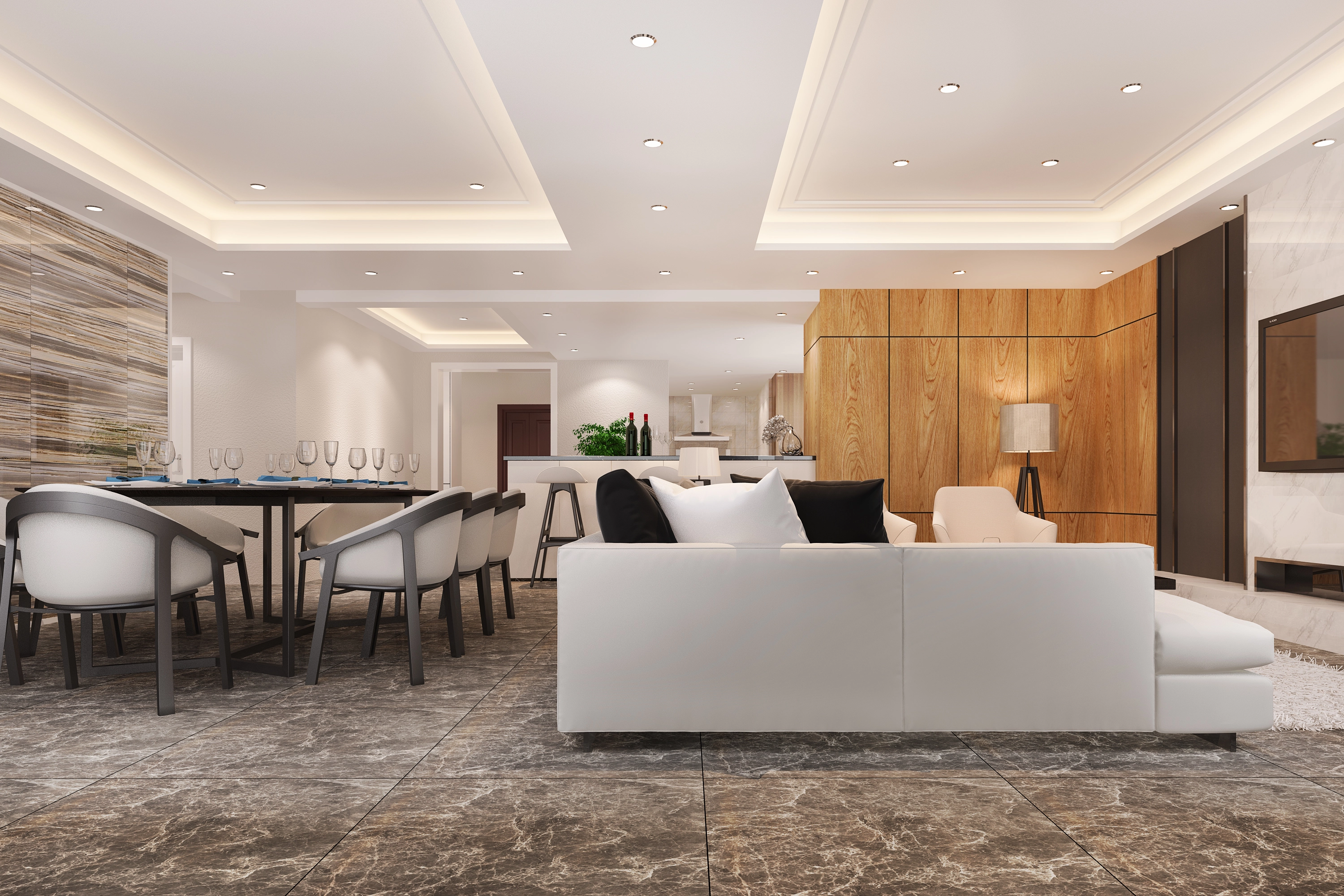Choosing the right paint color for your home involves several considerations. Here are detailed steps to help you make the best choice:
- 1. Understand the Space
Natural Light:
- North-facing rooms get cooler, indirect light, so warmer colors can balance this.
- South-facing rooms receive warm, direct light, allowing for cooler tones.
- East-facing rooms benefit from warm, morning light, making them suitable for both warm and cool tones.
- West-facing rooms get warm, evening light, so cooler tones can help balance the heat.
Room Size:
- Light colors make small rooms feel larger and more open.
- Dark colors can make large rooms feel cozier but might make small rooms feel cramped.
Function and Mood:
- Bedrooms: Soft, calming colors like blues, greens, or neutrals.
- Living Rooms: Warm and inviting colors like beiges, grays, or earth tones.
- Kitchens: Bright and cheerful colors like whites, yellows, or light greens.
- Bathrooms: Clean and fresh colors like whites, light blues, or pastels.
- 2. Consider the Fixed Elements
*Furniture and Fixtures:
- The color should complement the furniture, flooring, countertops, and other fixtures.
- Neutral colors often work well as a backdrop for colorful furniture and artwork.
*Architectural Features:
- Highlight architectural features with a contrasting or complementary color.
- For example, use a different shade for crown molding, baseboards, and window frames.
- 3. Color Psychology and Trends
Psychological Effects:
- Blues and greens are calming and work well in bedrooms and bathrooms.
- Reds and yellows are energizing and can be great for kitchens and dining rooms.
- Neutrals like beige, gray, and white are versatile and timeless.
Current Trends:
- Look at design magazines, websites, and social media for inspiration.
- Be mindful that trends change, so choose something that you'll be happy with for years.
| "Best Builders Floor Apartment in Chennai" |
- 4. Test Samples
Paint Samples:
- Purchase small cans of the colors you're considering.
- Paint large swatches on the walls and observe them at different times of the day to see how they look in different lighting.
*Digital Tools:
- Use virtual paint tools available on many paint manufacturer websites to visualize colors in your room.
- 5. Create a Color Palette
Primary Color:
- This is the main color for the room and usually covers the walls.
Secondary Color:
- This can be used for an accent wall or for larger pieces of furniture.
Accent Colors:
- These are smaller pops of color used in decor, artwork, pillows, and other accessories.
- 6. Coordinate with Adjacent Rooms
Flow and Harmony:
- Ensure that the colors in adjacent rooms complement each other to create a cohesive look throughout your home.
7. Finish and Sheen
Types of Paint Finishes:
- Flat/Matte: Best for low-traffic areas; hides imperfections but is harder to clean.
- Eggshell: Slightly more durable than flat; good for living rooms and bedrooms.
- Satin: Versatile and easy to clean; suitable for kitchens, bathrooms, and high-traffic areas.
- Semi-Gloss: Durable and moisture-resistant; ideal for trim, doors, and cabinets.
- Gloss: Highly durable and shiny; good for areas that need frequent cleaning.
- 8. Professional Advice
Consult a Designer:
- If you're unsure, consulting an interior designer or color expert can provide personalized advice and help you avoid costly mistakes.
By following these steps, you can choose a paint color that not only enhances the beauty of your home but also suits your personal style and needs.
Also read: Few Painting Tips for Luxury Look, How to Prepare a Room for Painting
https://www.livehomes.in/blogs













